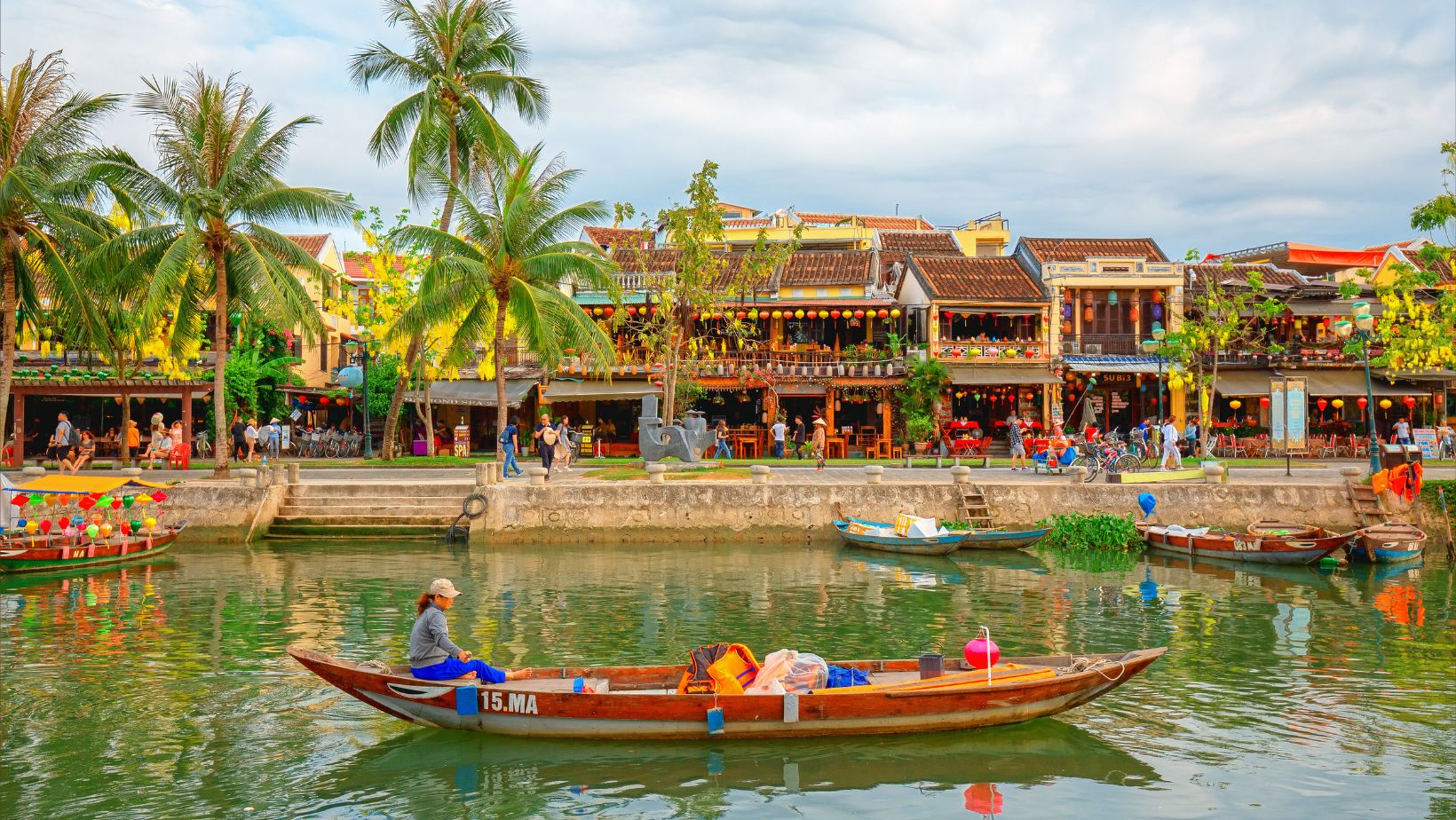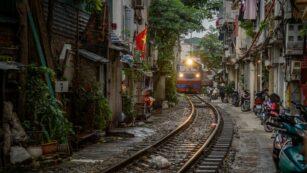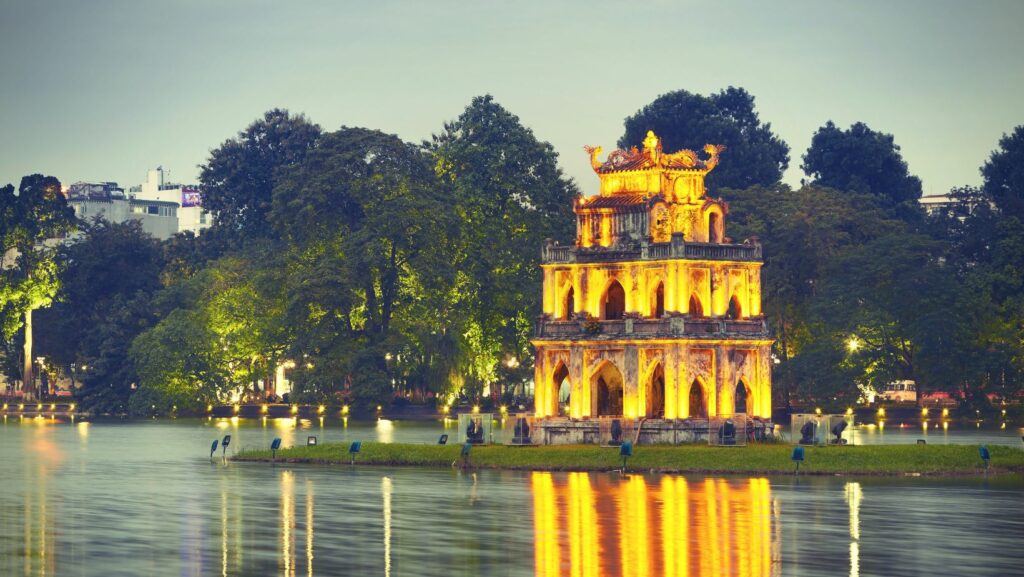
Vietnam, with its rich cultural heritage and stunning landscapes, has become a sought-after destination not just for travelers but also for those looking to settle down. The cost of living in this vibrant Southeast Asian country can vary widely, depending on the city and lifestyle. Understanding these expenses is crucial for anyone considering making Vietnam their new home.
Vietnam Living Cost Per Month
Vietnam’s cost of living appeals to many because of its affordability compared to Western standards. The monthly expenses in Vietnam can vary significantly depending on the city and lifestyle, but a general overview gives potential expatriates a good starting point to understand what they might expect to spend.
Average Monthly Expenses
 Monthly living costs in Vietnam typically range between $500 to $1,500. This range accounts for basic expenses such as accommodation, food, transportation, and recreational activities.
Monthly living costs in Vietnam typically range between $500 to $1,500. This range accounts for basic expenses such as accommodation, food, transportation, and recreational activities.
-
Accommodation: Rent varies widely. In central Hanoi or Ho Chi Minh City, a one-bedroom apartment may cost around $450 to $700 per month, whereas in smaller cities such as Da Nang, the same might range from $300 to $500.
-
Food: Daily meals are relatively inexpensive, with local market groceries for a month costing about $150 to $200. Dining out frequently can bring this up to $300.
-
Transportation: Public transport is affordable, with monthly passes approximately $10 to $15. Motorbike rentals are popular and may cost about $50 to $100 monthly.
-
Entertainment and Leisure: This category can vary the most, as it depends on personal choices. Generally, setting aside $50 to $100 will cover moderate leisure activities.
Cost of Living Comparison by City
 The cost of living isn’t uniform across Vietnam. Major cities generally cost more than rural areas, reflecting the higher costs of housing and amenities.
The cost of living isn’t uniform across Vietnam. Major cities generally cost more than rural areas, reflecting the higher costs of housing and amenities.
-
Ho Chi Minh City and Hanoi: As the largest cities, they are the most expensive, yet still affordable by international standards, with monthly costs for a single person typically around $1,000 to $1,400.
-
Da Nang: Offers a balance of city life with proximity to beaches, with typical expenses around $800 to $1,100 per month.
-
Nha Trang and Hoi An: Smaller and more tourist-oriented, these cities offer a lower cost of living, often under $800 per month.
Understanding these variations can help potential residents plan their finances efficiently, maintaining comfort while enjoying what has to offer.
Key Factors Affecting Monthly Living Costs in Vietnam
Housing and Utilities
Housing represents a major portion of monthly expenses in Vietnam. Rent varies widely between cities: an apartment in Ho Chi Minh City or Hanoi may cost from $300 to $700 per month, while similar accommodations in Da Nang or Nha Trang might range between $200 and $400. Utility costs, including electricity, water, and internet, typically add an additional $50 to $100 to monthly expenses, depending on usage and location.
Food and Dining
Dining expenses fluctuate based on eating habits and choices. Local markets offer fresh produce at low costs, whereas international groceries tend to be more expensive. A meal at an inexpensive local restaurant costs around $2 to $4, while dining at a mid-range restaurant may set you back $10 to $20 per person. Overall, a typical monthly budget for food in Vietnam can range from $100 to $300.
Regional Cost Variations in Vietnam
Urban Centers: Hanoi and Ho Chi Minh City
 Living in major cities such as Hanoi and Ho Chi Minh City typically incurs higher costs. Housing in these urban centers commands prices ranging from $500 to $700 per month for a one-bedroom apartment in the city center. Conversely, comparable accommodations in suburban areas may drop to between $300 and $500. Dining out, entertainment, and transportation also carry a premium in these locations. Residents may spend about $150 to $300 on food expenses if they frequently eat at mid-range restaurants.
Living in major cities such as Hanoi and Ho Chi Minh City typically incurs higher costs. Housing in these urban centers commands prices ranging from $500 to $700 per month for a one-bedroom apartment in the city center. Conversely, comparable accommodations in suburban areas may drop to between $300 and $500. Dining out, entertainment, and transportation also carry a premium in these locations. Residents may spend about $150 to $300 on food expenses if they frequently eat at mid-range restaurants.
Rural Areas: Mekong Delta and Northern Highlands
The rural regions of Vietnam, including the Mekong Delta and the Northern Highlands, present the lowest cost of living. Housing here can dip as low as $200 to $300 per month for modest accommodations. The simplicity of rural life extends to food and transportation costs, which are appreciably lower than in urban areas. Residents might spend as little as $50 to $100 monthly on food, enjoying local markets’ fresh produce and staples.


